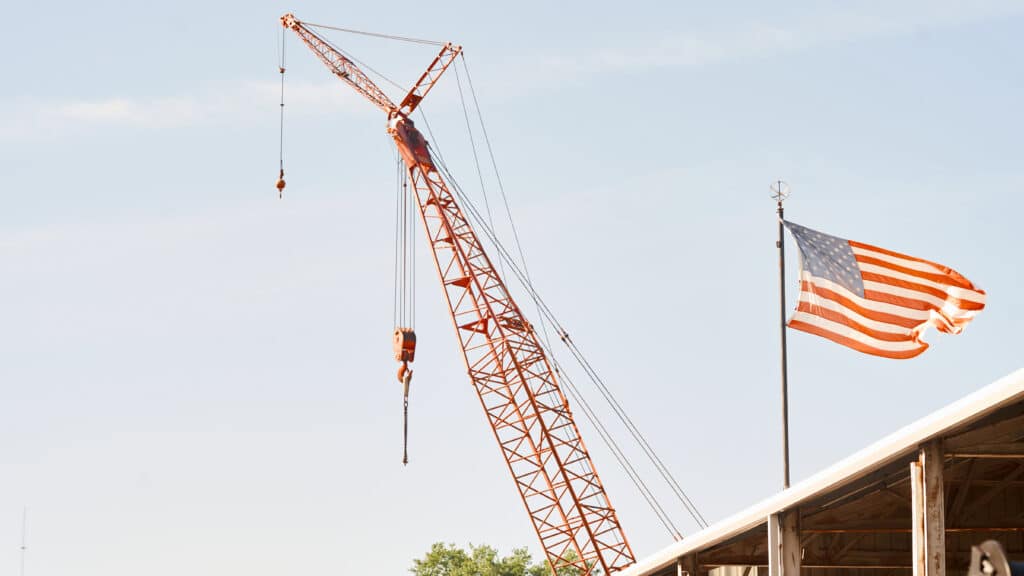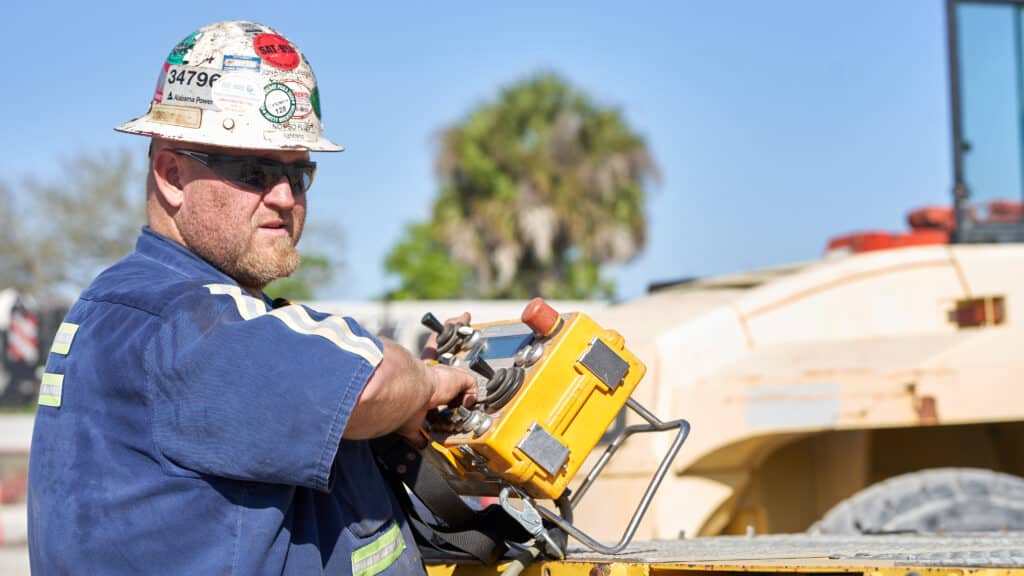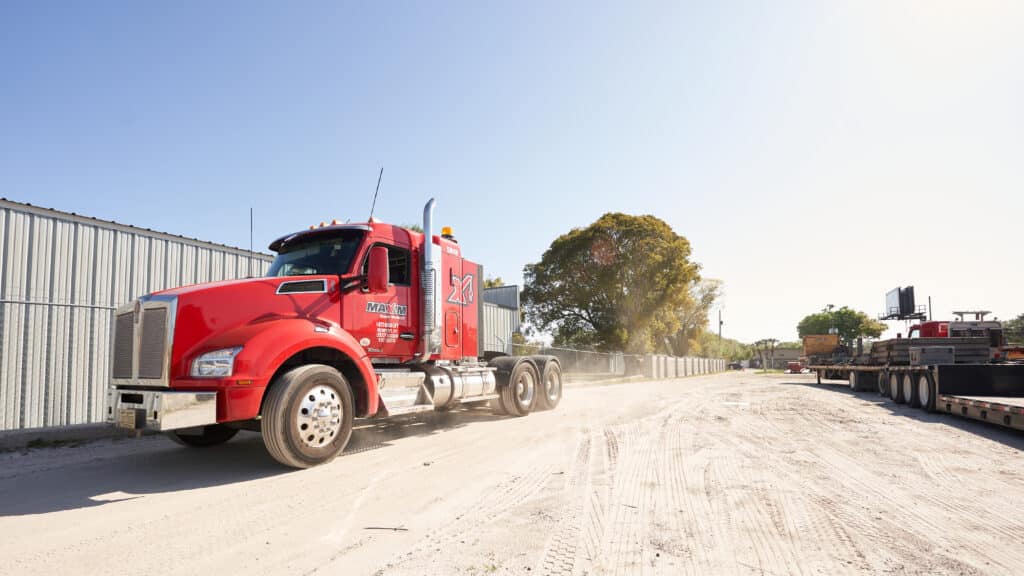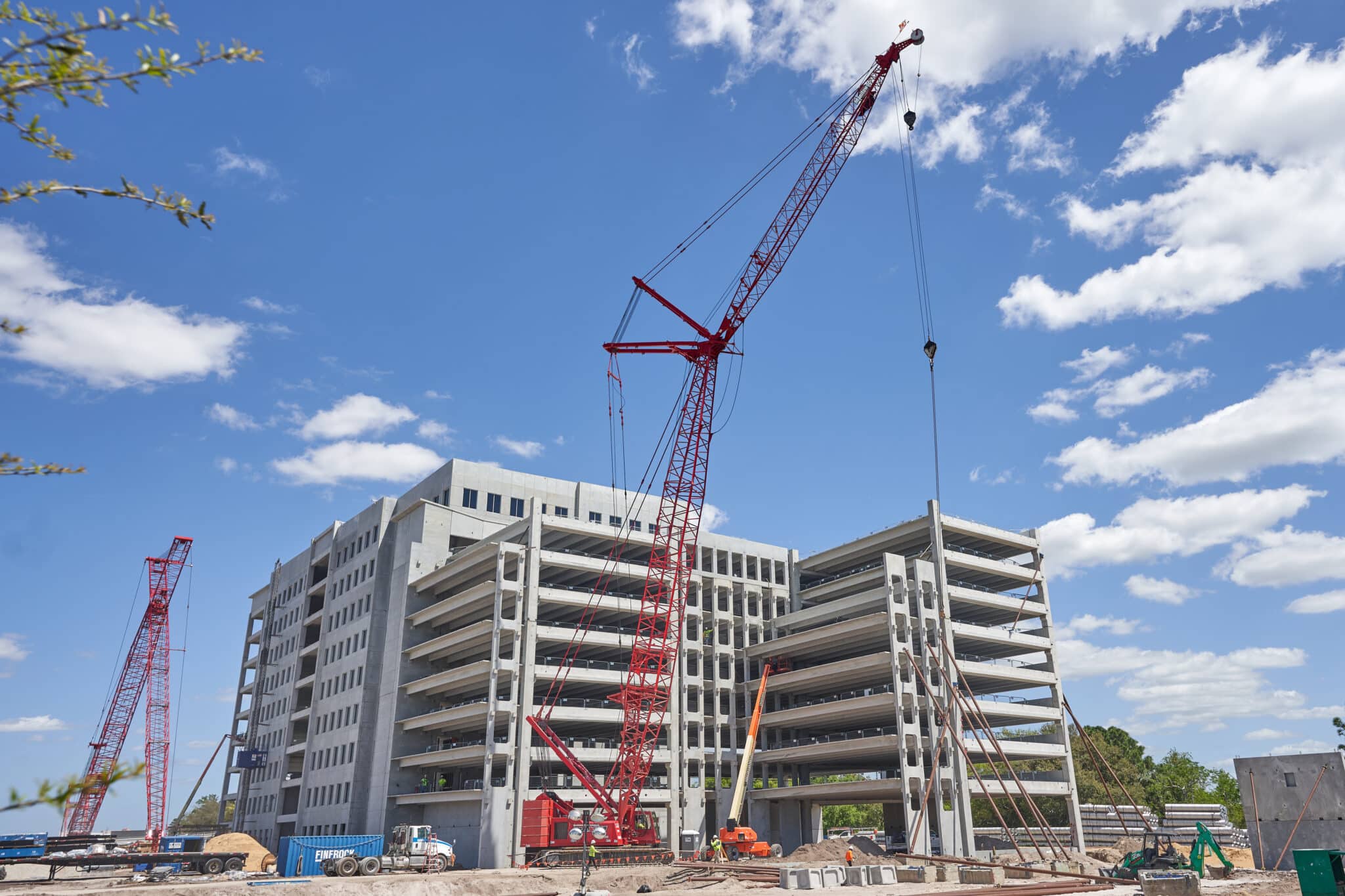Throughout history, humans have found different ways to handle heavy loads to construct tall buildings. One key advancement that stands out is the evolution of the lifting crane. Hauling and moving heavy materials and cargo can be laborious and dangerous without this impressively massive tool.
In addition to sharing a name and close resemblance to a bird, cranes mimic the human hand’s nimbleness. Have you ever wondered how these heavy-duty, yet versatile machines came about or how the intricate internal mechanics enable efficient heavy lifting? Whether cranes are new to you or you’re a construction expert, here are some interesting facts about these modern technological marvels.
1. Cranes Go Back to Ancient Greece
The industrial lifting crane is a millennia-old innovation that has played a key role in constructing long-standing architectural wonders.
The ancient Greeks are credited with being the first inventors and users of crane-like machines between 500 and 700 B.C. Other ancient civilizations like the early Egyptians and the great Roman empire achieved impeccable building feats using the simplest versions of lifting cranes.
Early crane versions were made of wooden beams attached to a cylindrical drum and rotating base. The hauling tool also had a rope and pulley system that relied on human or animal strength to generate enough tension for carrying heavy loads. The Parthenon, the Pyramids of Giza, and the Roman Colosseum are long-standing proof of what can be achieved through efficient heavy lifting.
The construction of cathedrals and castles in the Middle Ages further fueled the evolution of industrial-grade riggers. Harnessing steam power during the industrial revolution gave animals and humans a much-needed reprieve. This game-changing energy source paved the way for the use of fossil fuels seen in the modern crane.
Improved iron and steel fabrication between the 18 and 19th centuries replaced wooden cranes with sturdier and stronger metal ones. Modern industrial cranes are mobile and comprise an intricate network of electric wiring, gears, and hydraulic systems. With the pace of today’s advances in robotics and automation, the future of lifting cranes will only improve.
2. Most Lifting Cranes Have 9 Main Parts

Each crane has a myriad of moving parts that allows it to move heavy loads across great heights. While there are various types of lifting cranes in the current market, most have the following essential parts:
- The Concrete Foundation: A firm foundation allows the crane operator to secure the massive structure and ensure its stability.
- The Boom: This part is the lengthy main lever arm of a construction crane. It is one of the most recognizable parts of a crane that moves loads from one point to another through different heights. You can opt for the rigid lattice boom when handling extremely heavy loads. This crane boom’s unique pattern offers more sturdiness without adding excess weight to your crane. Alternatively, you can go for the telescoping hydraulic boom that can collapse and extend depending on the needed height.
- The Jib: The jib is a short arm that extends horizontally or at a right angle from the boom. Crane engineers can add jibs of varying lengths to improve the reach of mobile and fixed cranes. This detachable part also creates a space between the load and the crane’s main body, enabling you to lift heavier materials.
- The Hook: The hook is a suspended part that allows the crane to hold and lift heavy loads. It has to be tough enough to handle the weight being carried. Attaching the cargo to more than one hook helps to distribute the weight and minimize the risk of snaps and breaks when lifting.
- The Hoist: This part is situated on the crane’s jib and comprises a wire and winding drum. It is attached to the hook and facilitates the crane’s vertical lifting mechanism.
- The Cab: This compartment is the crane operator’s control room. It has large, reinforced glass windows and walls to ensure proper visibility of your surroundings. The cab’s sturdy metallic frame also protects you from falling loads or debris.
- The Counterweights and Outriggers: These are weights positioned at the back of your crane to prevent it from tipping over when handling heavy loads. The crane body may not always provide sufficient weight to balance out the load, hence the need for detachable counterweights. You can complement them with outriggers and counter jibs to improve balance and lifting capacity.
- The Tower Peak: The tower apex is the highest point on your crane and is the point for attaching your jib or counter jib.
- The Wheels (or Tracks): Mobile cranes have specialized all-weather or rough terrain wheels to enable you easily traverse different landscapes.
3. The Most Powerful Crane Can Lift More Than 22,000 Tons
There are approximately 200,000 cranes currently in use worldwide, most being found in the construction and maritime industry. Amid this vast number, some cranes have unique features or have achieved noteworthy feats.
For instance, the Liebherr LTM 11200-9.1 is the tallest telescopic crane in the world, with a maximum boom length of 100 meters. Despite the crane’s tall frame, It can hoist an impressive 1,200 tons over 188 meters (328 ft). Meanwhile, the Taisun Crane found at Yantai Raffles Shipyard in China lifted the heaviest recorded weight to date at 20,133 tonnes (22,192 tons).
While these cranes undoubtedly stand out, they generally fall into a few standard categories that share a common characteristic. A few of the most popular lifting crane options from Maxim Crane include:
- Crawler Cranes: These top-of-the-range crawler cranes by Tadano, Grove, and Link-Belt are perfect for your different large and long-term projects. Our crawler crane equipment can lift 80 to 2,535 tons.
- Boom Truck Cranes: Our boom truck rentals are a reliable and versatile addition to your construction arsenal. Improve your project’s efficiency through the heavy lifting of building materials and debris ranging from 14 to 30 tons.
- Carry Deck Crane: We offer light mobile carry deck rentals with a lifting capacity of 8 to 25 tons.
- Tower Crane. Maxim Crane’s tower cranes are a remarkable feat of engineering that can raise loads to 1,000 feet high. They have an 8 to 35-ton lifting capacity and more robust options for particular uses.
- Rough Terrain Crane: Our rough terrain crane rentals have excellent ground clearance and different steering options, allowing for a more secure off-road experience. The cranes have a 0 to 200-ton lifting capacity.
- All Terrain Crane: This crane is a hybrid between a rough terrain crane and a mobile truck crane. Its all-wheel drive steering suspension system ensures excellent mobility and smooth maneuverability on sand, gravel, and asphalt roads. Our all-terrain rentals also have a lifting capacity of 100 to 800 tons.
4. Cranes Are Used in a Variety of Industries
Different lifting cranes play crucial roles in sectors other than the building and construction industry. Warehouses and storage facilities often handle heavy cargo as part of normal operations and can benefit from using cranes to move loads around. Automotive assembly lines also move heavy metal parts through different stages. Repairing and building airplane wings, engines, and propellers in the aviation industry also involves considerable heavy lifting. Power plants running on generators may also need regular repair, maintenance, or replacements.
These sectors can benefit immensely from lifting cranes’ safe and easy use. Understanding your hauling needs allows you to find the best cranes to suit your preferences.
5. You Need to Be Trained to Operate a Lifting Crane

Operating cranes without the appropriate expertise can be quite daunting and dangerous. You need adequate training and certification to handle the crane’s sophisticated control system. Most heavy-duty lifting equipment functions through an intricate interplay of different systems.
The crane’s sway control system helps minimize the stress that swinging motions cause on mechanical and electrical parts. The machine also has an intuitive boom operating system that gives the operator helpful stats and insights into the crane’s performance.
To keep track of the crane stability, crane operators must constantly check the load monitor indicator to make necessary counterweight adjustments. Construction sites, factories, and shipyards are noisy places with little verbal communication. Hand signals are crucial in relaying information between crane operators and site workers when handling these large and potentially dangerous machines.
Do You Need a Crane? Choose Maxim Crane

We hope you learned some interesting facts you didn’t know about cranes!If you’re looking for a coast-to-coast lifting service provider and rental cranes, Maxim Crane offers an extensive fleet of modern lifting equipment to help you with heavy hauling and specialized rigging. We also provide expertly trained crane operators to help you safely solve different industrial lifting problems. Choose Maxim Crane for unparalleled and custom heavy lifting solutions.



